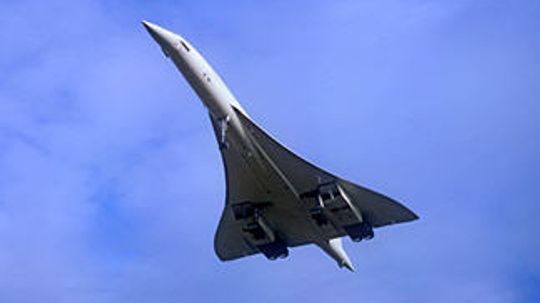Revolutionizing the Skies: Unveiling the Potential of Supersonic Travel
In recent years, there has been a growing interest and anticipation surrounding the future of supersonic flight. As technological advancements continue to push boundaries, aviation enthusiasts and industry experts alike are eagerly awaiting a new era in air travel that promises unparalleled speed and efficiency. This article delves into the potential impact of supersonic flight on our society, exploring its benefits, challenges, and what lies ahead.
Redefining Speed: The Advantages of Supersonic Flight
Supersonic flight holds immense promise for transforming long-distance travel by drastically reducing journey times. With speeds exceeding Mach 1 (the speed of sound), supersonic aircraft can cover vast distances in significantly shorter durations compared to conventional airplanes. Imagine traveling from New York to London in just a few hours or crossing continents within half the time it currently takes – this is the reality that supersonic flight could bring.
Beyond saving precious hours for passengers, supersonic aircraft also have economic implications. By enabling faster connections between cities across the globe, businesses can expand their reach and foster international collaborations more efficiently than ever before. Additionally, increased connectivity through reduced travel times would boost tourism industries worldwide while facilitating cultural exchanges among nations.
Overcoming Challenges: Addressing Environmental Concerns
While there are undeniable advantages to be gained from embracing supersonic flight technology, it is crucial to address environmental concerns associated with such high-speed travel. One major challenge lies in minimizing sonic booms generated during flights as they can disturb communities near airports or overflown areas.
To mitigate this issue, researchers are actively developing innovative designs that aim to reduce noise levels produced by these advanced aircraft. By employing cutting-edge engineering techniques and materials, supersonic planes can potentially achieve quieter operations, ensuring minimal disturbance to those residing near flight paths.
Furthermore, the aviation industry is also exploring sustainable fuel alternatives for supersonic aircraft. By adopting cleaner energy sources such as biofuels or electric propulsion systems, these futuristic planes could significantly reduce their carbon footprint and contribute towards a greener future of air travel.
The Road Ahead: Paving the Way for Supersonic Flight
As we look towards the future of aviation, it is evident that supersonic flight holds immense potential. However, realizing this vision requires collaborative efforts from various stakeholders – including governments, regulatory bodies, and aerospace companies – to overcome technical challenges and ensure safe implementation.
In recent years, several startups have emerged in the aerospace sector with ambitious plans to develop commercial supersonic aircraft. These ventures are driven by advancements in materials science, aerodynamics research, and computational modeling techniques that enable more efficient designs capable of withstanding high speeds while maintaining passenger comfort.
While there are still hurdles to overcome before supersonic flight becomes a mainstream reality – including cost-effectiveness and infrastructure development – experts remain optimistic about its eventual integration into our global transportation system. The day when travelers can soar through the skies at unprecedented speeds may not be too far away.
A New Era Awaits: Conclusion
The future of supersonic flight promises an exciting paradigm shift in aviation history. With its potential to revolutionize long-distance travel times and enhance global connectivity like never before seen in human history; it represents a significant leap forward for humanity’s pursuit of progress. While challenges remain on this journey towards faster-than-sound travel – from addressing environmental concerns to ensuring safety standards – continued innovation will pave the way for a new era where speed knows no bounds within our vast skies.
